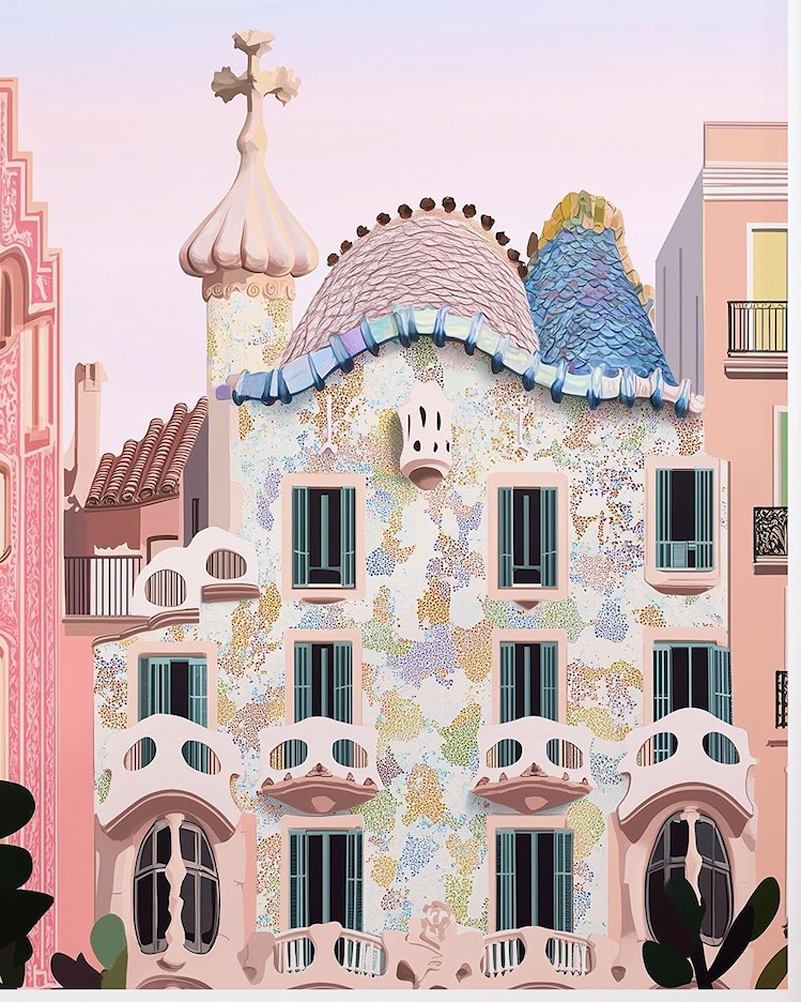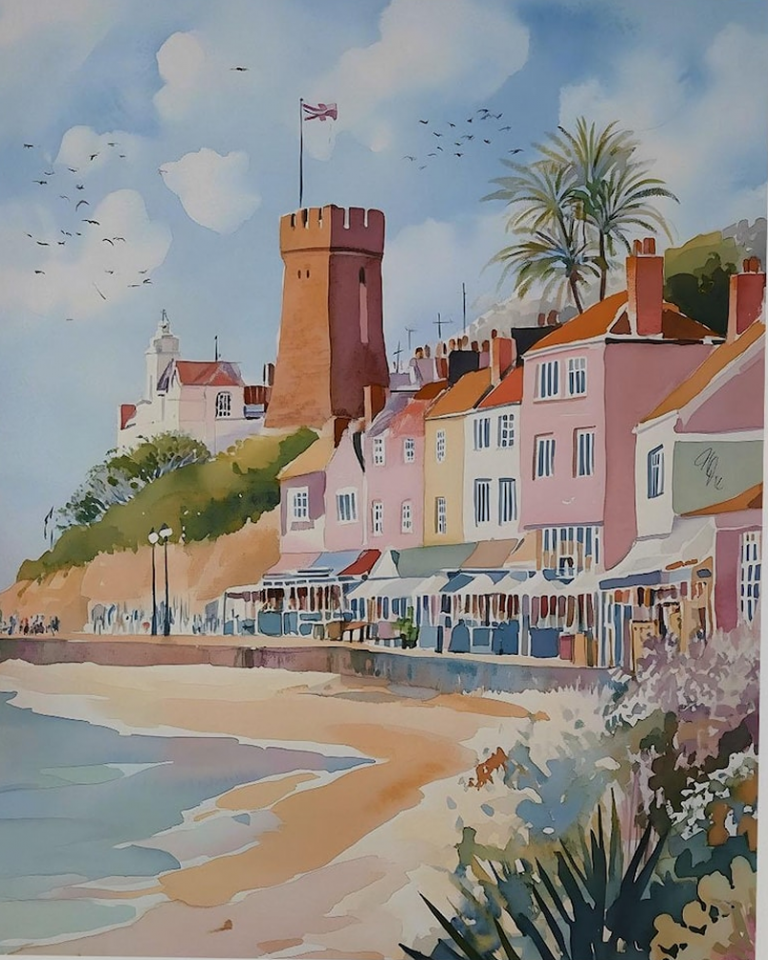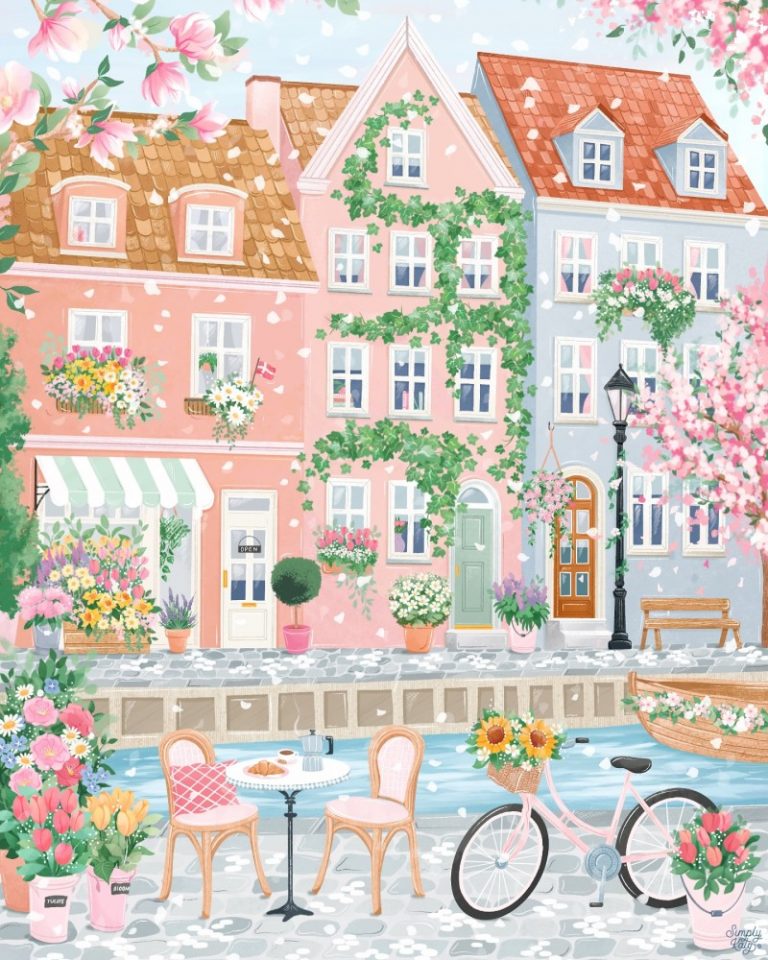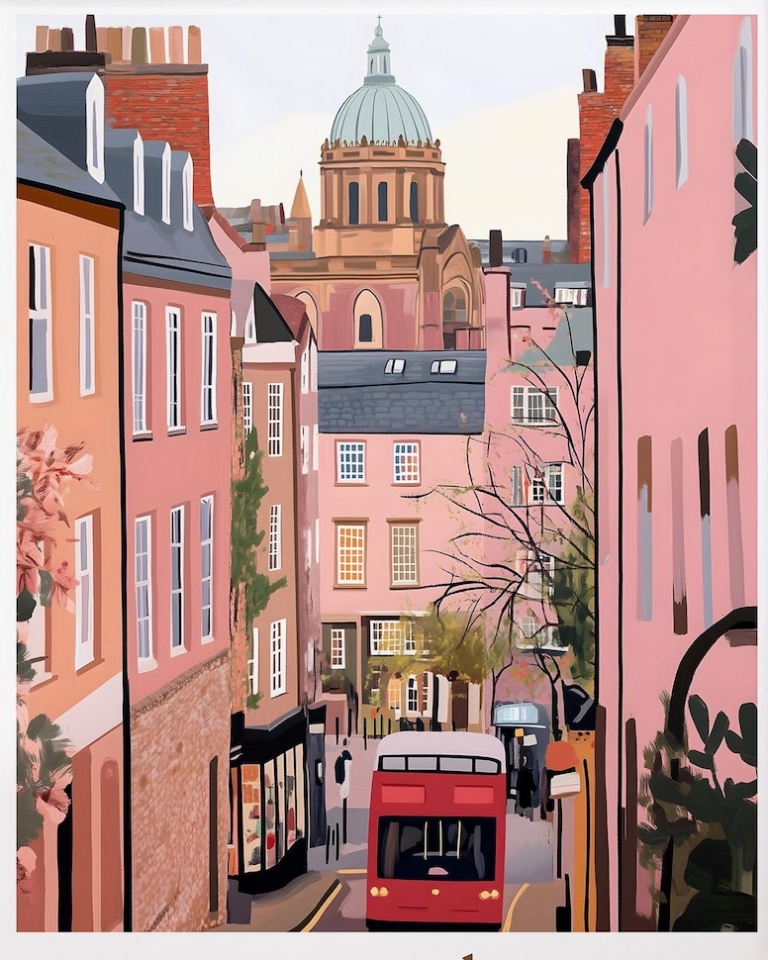
Bath, Tracey Bowes
Overtourism puts real pressure on England’s hotspots, especially during summer. When too many people visit the same places at once, things go wrong. Classic destinations like London, the Lake District, Bath, and Stratford-upon-Avon grapple with packed streets, overflowing bins, rushed service, and higher prices for locals.
Local life can suffer, charm gets lost, and journeys become stressful for everyone. Here’s a clear look at what causes overtourism in England and practical steps people can take to lessen its impact.
Follow the countryside code, to keep all creatures safe. For coastal areas, read our post on keeping dogs safe by the seaside.
Understand What Overtourism Means
Overtourism happens when a location draws more visitors than it can handle. This leads to crowding, damage, and rising costs in that area. Tourist spots like central London, the Lake District, Bath’s Roman Baths, and Shakespeare’s Stratford-upon-Avon feel the pinch most often, particularly during holidays or festivals.
When streets and parks overflow, locals find it hard to live their daily lives.
Travel in the Off-Season
Many people visit England’s favourites in July and August or at the weekend. Try taking trips in early spring or autumn instead. Even winter can have a special draw, with quieter attractions and better deals on places to stay.
Travellers who aim for quiet periods help spread numbers through the year, giving places and people room to breathe.
Explore Lesser-Known Spots
Most crowds gather around famous landmarks or beauty spots. Yet England is full of hidden gems. Instead of always heading straight to the capital or main tourist towns, consider small villages, lesser-known beaches, or market towns nearby.
Areas such as Northumberland, Suffolk, or Shropshire can offer scenic walks, charming inns, and real English culture without the crowds.
Book Small Group Tours
Large tour coaches clog up roads and pour dozens of people into local streets all at once. Small group tours ease congestion and have a lighter touch. Guided walks or bike tours allow for better experiences and keep daily numbers sensible.
Some historic sites and gardens now cap entry numbers, which also helps everyone enjoy their visit more.
Use Public Transport
Driving to packed spots causes traffic, noise, and air pollution. Parking in places like the Lake District or Bath is often tough. Trains, buses, and even boats can bring people in more smoothly while lowering traffic jams. Many scenic areas have good links and unique ways to arrive — and local transport is part of the visit.
Respect Local Communities
Tourism brings good business but can also mean noise at night, queues in shops, or rubbish left behind. Simple actions like sticking to walking paths, keeping litter with you, and following local rules help keep places pleasant.
Engaging with small businesses, eating local food, and being mindful of noise can make a real difference to the lives of people who live there.
Stay Longer in One Place
Quick visits and day trips put a heavy burden on hotspots. When travellers stay longer, they spend more time and money in the area, support local jobs, and avoid adding to the rush of day visitors. This eases the demand on popular sites and lets you see a slower, more genuine side of famous places.
Protect the Environment
Too many visitors can weaken footpaths, fill bins, and damage green spaces. Always pack out what you bring in, use marked trails, and avoid picking plants or disturbing wildlife.
Choose places to stay that follow eco-friendly practices, like recycling or saving water. Support efforts that keep nature healthy and thriving for both locals and guests.
Support Local Housing Solutions
Rising house prices and short-term holiday lets can push local people out of favourite areas. If you’re booking somewhere to stay, look for locally owned places over big online companies.
Some regions now limit second home sales to protect housing for residents. Supporting these efforts helps towns and villages keep their real character.
Countries Abroad Acting on Ovetourism
Venice, Italy

With canals littered with trash and pollution, big steps have recently been taken, especially since the waters became clear enough to see fish, during the pandemic, when there were no tourists.
Today there are limits on how many tourists visit at one time, a ban on loud-speakers and large ships are banned from entering the harbour. The city is also intending to add a day-tripper ‘tourist tax’ to help pay for all the litter clean-ups, after visitors go home.
Barcelona, Spain

Barcelona is one of the world’s most beautiful cities, and also one of the most walkable (the main street La Rambla was laid out in 1766 following contours of medieval city walls, and is mostly car-free). And of course, the cathedral is known worldwide for its unique style.
But the city now receives ten times more tourists than it has residents per year (that’s three times more than even Venice). It’s recently been named the world’s most crowded tourist spot.
Why? Because after this coastal city was given a facelift for the 1992 Olympics, people flocked here instead of the usual ‘costa resorts’. And like many cities, rents are now soaring for local residents.
Half of all day tourists are foot passengers from cruise ships, who arrive ‘like a tidal wave’ onto the main street after breakfast (sometimes 35,000 people in one morning), rushing into tourist shops to buy tacky souvenirs. And most of these tours are booked through cruise ship liners, not generating local income.
In 2025, locals took to the streets with signs telling ‘tourists go home’. Taxes are now higher, as council workers have to empty dustbins 14 times sa day. Again, politicians are considering a ‘tourist tax’ to keep visitors away.
The mayor is even considering banning tourists in rental apartments by 2028, and two of the seven cruise terminals are also being shut down.
Rome, Italy

Rome is one of the world’s most beautiful and ancient cities, but again councils are struggling to cope w ith 35 million tourists a year, even starting to charge to visit the Trevi Fountain on the Spanish Steps. The legend was that if you threw a coin in the fountain, you would come back. But it may soon be that locals over-run by foreign tourists, may not want you to!
Rome is also suffering from so much litter that (unlike say the 1950s) it’s covered in so much trash that rats and wild board are entering the city from the countryside. The landfill site has closed and not been replaced, replaced by smaller ones. It’s gone from being ‘the city built on 7 hills’, to ‘the city of 7 landfills’.
Tuscany, Italy

This beautiful area of central Italy is all rolling green hills and pretty hilltop houses. But again rents are soaring, due to empty airbnb lets for tourists. Soaring temperatures have also led to wildfires, and locals dropping cigarette butts is not helping.
Florence, Italy

Again, there is now a ban on short-term lets to try to bring local rents down (the average price for one of the 12,000 property rentals is 200 Euros a night). This ‘gem of Italy’ is home to ancient buildings, art galleries and museums, but now brings 8 million visitors (in a city with 360,000 residents) to also bring traffic, noise, litter and cruise ships.
A recent report found that people in Florence produce around 60% more waste than other people in Italy. Why? Because they are dealing with the trash left behind by tourists: those who run restaurants, hotels and airbnbs are having to put out more rubbish, as tourists leave behind all their litter, before returning home.
In 2024, the mayor of Florence announced a 10-point plan to address over-tourism. It may not be popular with tourists, but it’s proving very popular with locals! These include:
- Bans on key safes, golf carts and loudspeakers (for tourism)
- Must display holiday rental ID number outside properties
- Sustainable tourism campaigns
- Encouraging correct behaviour
- Preserving the city for local people
Lake Louise, Canada

Although England’s Lake District is naturally stunning, there are a lot of lessons that we can take from Canada’s Lake Louise (Banff), as presently in England, there are huge issues in the lakes with over-tourism, litter and sewage pollution.
And local laws to not feed ducks, geese and swans are ignored by tourists, causing these wild creatures (who have plenty of natural food) to come into contact with humans, dogs and roads.
Both lake districts are naturally blessed with fresh air, beautiful hikes and peaceful views. Along with stunning mountain backdrops and rolling green hills. But the difference is how Canada handles these natural gems.
You won’t find fast food wrappers, disposed beer cans, tourists ignoring advice and over-feeding wildfowl, traffic gridlock or lakes full of sewage in Canada’s most famous lake.
A Blue Gem in the Canadian Rockies
Lake Louise is a sight that never seems less than breath-taking. Framed by small forests and snow-capped peaks, it’s also home to towering mountains and tumbling waterfalls, but in contrast to our Lake District, Lake Louise has strong protection measures to keep the area pristine.
The Canadian park authorities apply firm rules to minimise damage, controlling how many people can visit certain spots and limiting access during sensitive times. For example, you’ll find designated trails carefully maintained to avoid soil erosion and damage to surrounding plants.
Clear water, no litter, and fresh air are the norm here because visitors respect these guidelines and park staff regularly monitor the environment. You won’t see rubbish bins overflowing or signs of pollution.
The Management enforces strict bans on feeding wildlife or bringing food into protected zones, which helps keep the ecosystem balanced.






